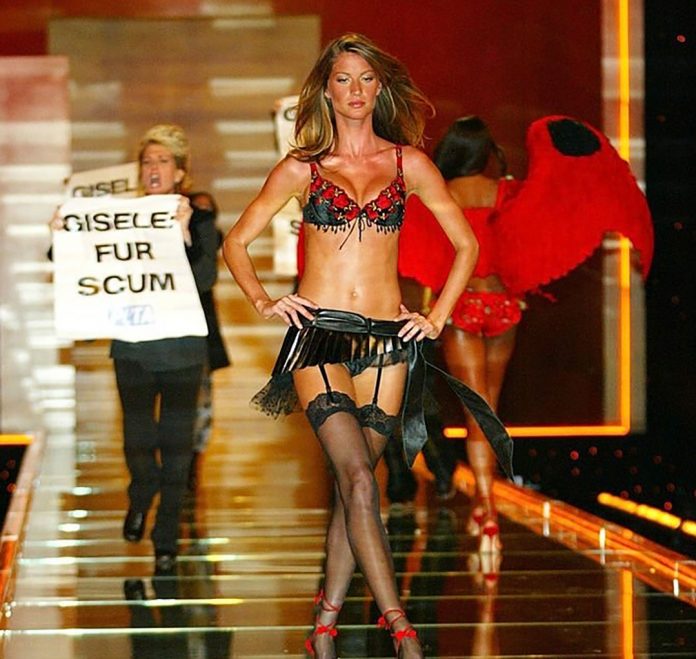This fall, as fashion weeks from Paris to New York roll out the latest trends, one thing is clear: more designers are ditching real fur in favor of faux.
Chanel, Prada, Versace, and even outerwear giant Canada Goose have pledged to go fur-free. These announcements are hailed as victories for ethics and sustainability but here’s the uncomfortable truth: if we are serious about the environment, real fur, not faux, is the greener choice.
The “green” reputation of faux fur doesn’t hold up. Analyses comparing natural fur and synthetic alternatives highlight the environmental advantages of responsibly sourced real fur. Faux fur is made from petroleum-based plastics like acrylic and polyester, while real fur is natural, long-lasting, and biodegradable. Over its lifetime, real fur uses fewer non-renewable resources and breaks down at the end of its life. Plastic-based alternatives, meanwhile, rely on fossil fuels and shed harmful microplastics into rivers and oceans. These particles linger for centuries and work their way into food chains.
Durability is another overlooked factor. A real fur coat can be repaired, restyled and worn for decades, even passed down to future generations. Each additional year of use spreads out the environmental impact of making it, lowering the footprint per wear.
Faux fur, by contrast, wears out faster, is difficult to recycle, and contributes to a throwaway culture that fuels fast fashion. When you measure sustainability across decades of use, fur lasts longer, giving it the advantage.

Critics raise valid concerns about animal welfare, and those debates deserve attention, but when the focus is strictly environmental, the data tells a different story than the marketing campaigns. Real fur’s natural origins, durability, and ability to biodegrade give it long-term advantages that synthetics can’t replicate. By ignoring these facts, the industry risks promoting a false image of sustainability.
This matters because fashion is one of the world’s most polluting industries. Every choice, from the fabrics we use to how long garments last, affects the environmental footprint. Substituting one material for another without considering the full picture isn’t progress. It’s false sustainability.
Brands may win headlines for going “fur free,” but if they’re simply swapping out a natural, long-lasting material for fossil-fuel-based plastic, then the planet doesn’t come out ahead.
In an era where sustainability is often reduced to slogans, it’s worth asking harder questions. If we want to reduce waste, fossil fuel use, and pollution, then we must look beyond appearances. Sometimes the fake alternative does more harm than good. Real fur, treated responsibly, offers not just fashion but genuine sustainability.
The views and opinions expressed in this piece are those of the writer and do not necessarily reflect the position of The Chronicle.




